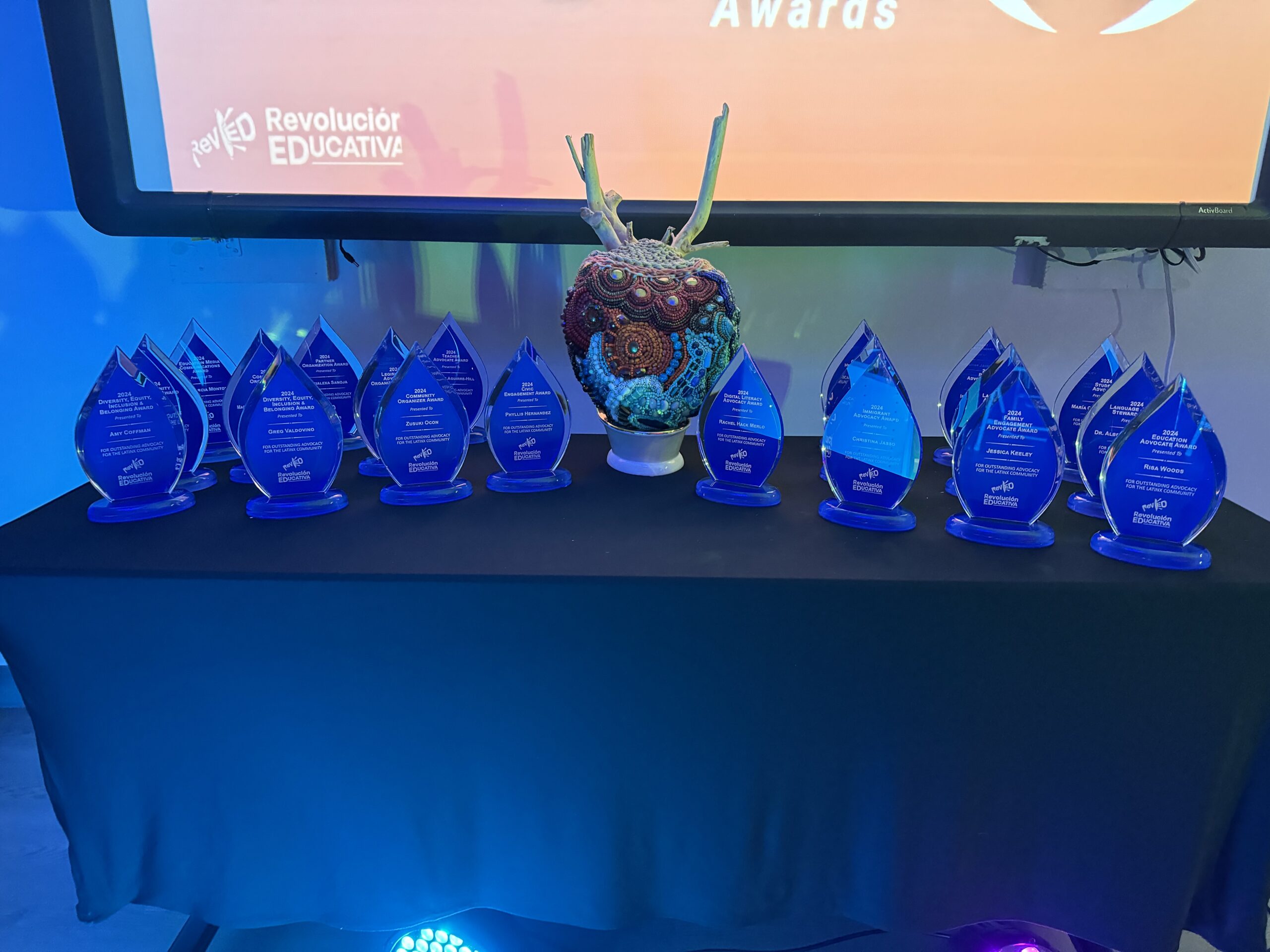
Emily Wheeler
Editorial Intern
Kansas City Public Schools (KCPS) is working to boost graduation rates with its Blueprint 2030 initiative — aiming to close the gap from a 73% graduation rate in 2021-22 to 80% by 2025, thanks to targeted strategies like dropout prevention, academic support and increased access to extracurricular activities.
During the 2021-22 school year, a graduation rate of 73% was recorded by KCPS schools — trailing the state average by over 16%. An average four-year high school graduation rate of 89.7% for the state of Missouri was recorded in the State Report Card by the Missouri Department of Elementary and Secondary Education for the 2021-22 school year.
In 2023, the final draft for Blueprint 2030 was introduced by KCPS — laying out the district’s goals for 2025 and 2030. One of the goals focuses on increasing graduation rates, “By 2025, the four-year high school graduation rate will be 80%, increasing to 85% by 2030,” the blueprint outlines.
Since the 2021-22 school year, graduation rates at KCPS have increased from 73% to 79% in the 2023-24 school year, a significant 6% rise. KCPS holds confidence that its 80% goal will be met by the end of the 2024-25 school year.
One strategy used by the district to improve these numbers includes providing dropout prevention and recovery specialists. These specialists serve to employ strategies to address habitually and long-term absent students and engage parents/guardians as partners in improving student attendance.
Maria Espinoza, the student retention specialist at Northeast High School (NEHS), plays a crucial role in helping KCPS improve graduation rates as the district works toward its ambitious Blueprint 2030 goals. Although student retention was not her initial focus, Espinoza said she is thankful she ended up in the role, “I find great fulfillment in helping students stay on track and achieve their goals,” she said.
According to Espinoza, student support outside of school greatly influences student attendance and dropout rates. “Positive family involvement, a stable home environment and access to community resources can improve attendance and reduce dropout chances,” said Espinoza.
There is a variety of reasons why students drop out, Espinoza said. Issues such as attendance problems, financial hardships, limited support and lack of engagement are some of the more common reasons.
Academic success can directly correlate with student engagement within school. One of the most important strategies used by NEHS to increase graduation rates is academic support. “Tutoring and intervention programs are frequently utilized”, Espinoza says. Addressing academic issues promptly is one way NEHS tries to increase graduation rates.
Blueprint 2030 also includes specific goals to expand access to extracurricular activities for students. Goal 2D of Blueprint 2030 aims to expand access to and enhance extracurricular and co-curricular opportunities at all grade levels, with 50% of K-12 students participating in at least one extracurricular or co-curricular activity by 2025, increasing to 75% by 2030.
Espinoza says student participation in extracurricular activities is something NEHS encourages its students to take part in. Extracurriculars can boost engagement and give students incentive to show up. Extracurricular activities include sports such as soccer or basketball, as well as after-school clubs, like chess club or eSports.


















